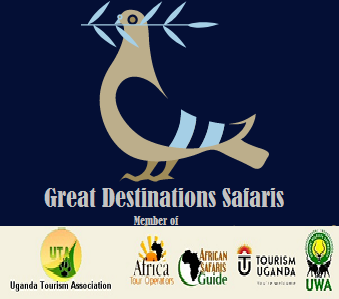- Home
- Our Story
- Why You Choose Us
- Our Mission & Core Values
- Social Corporate Responsibilty
- Our Services
- Tour Packages
- Highlights
- Game Viewing and Drives
- Chimp Tracking
- Primates walk (Chimpanzee tracking)
- Hiking And Mountaineering
- Bird Watching
- Mountain Gorilla Tracking
- Culture Experience
- Namugongo Martyrs' Shrine
- The Uganda Museum
- Beaches and Resorts
- Creative Art and Craft
- Shopping in Uganda
- Nature and Walks
- Why Uganda is Unique Safari Destination:
- Rafting And Boat Cruising
- Top Destinations
- Testimonials
- Team
- Restaurant Menu
- Events
- Donate
- Payment Methods
- Travel Notes to Uganda
- Downloads
- Gallery
- Contact us




